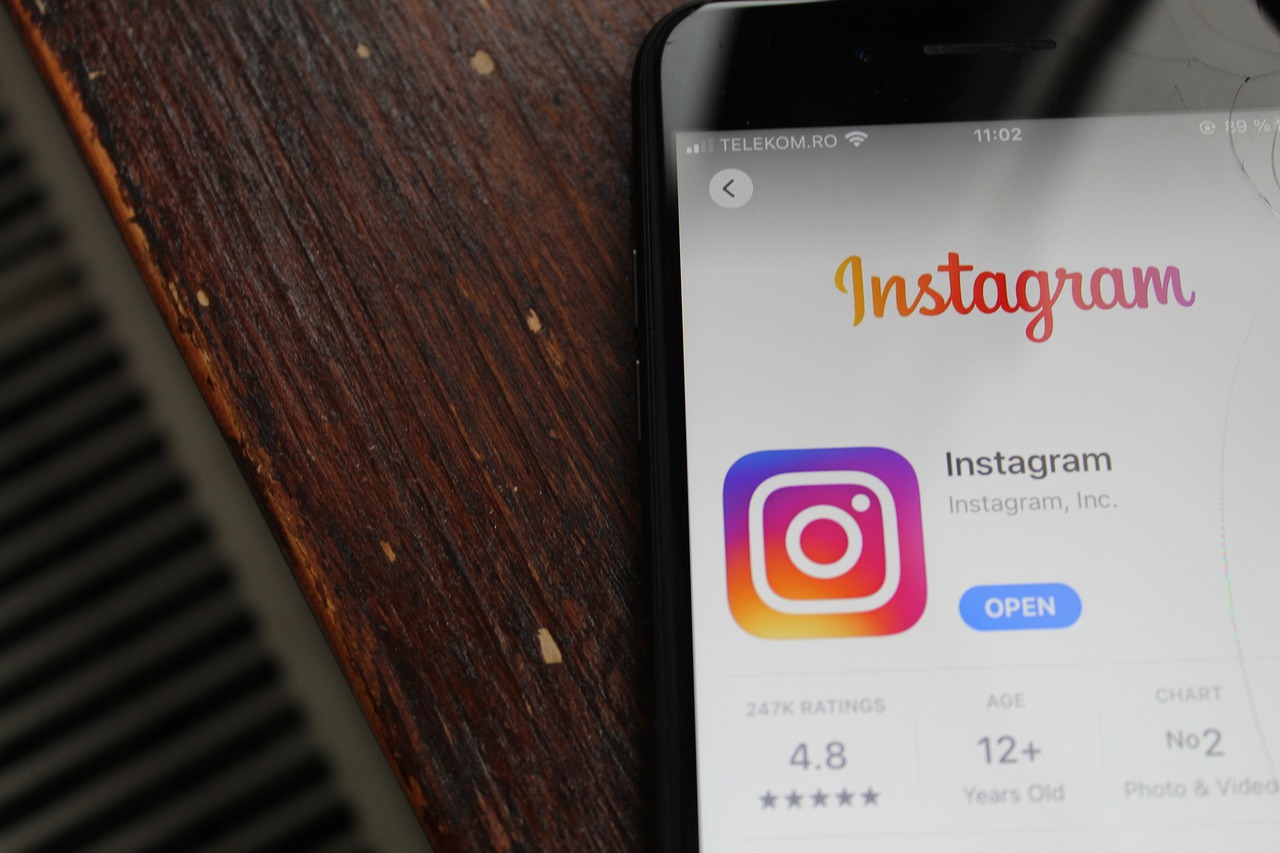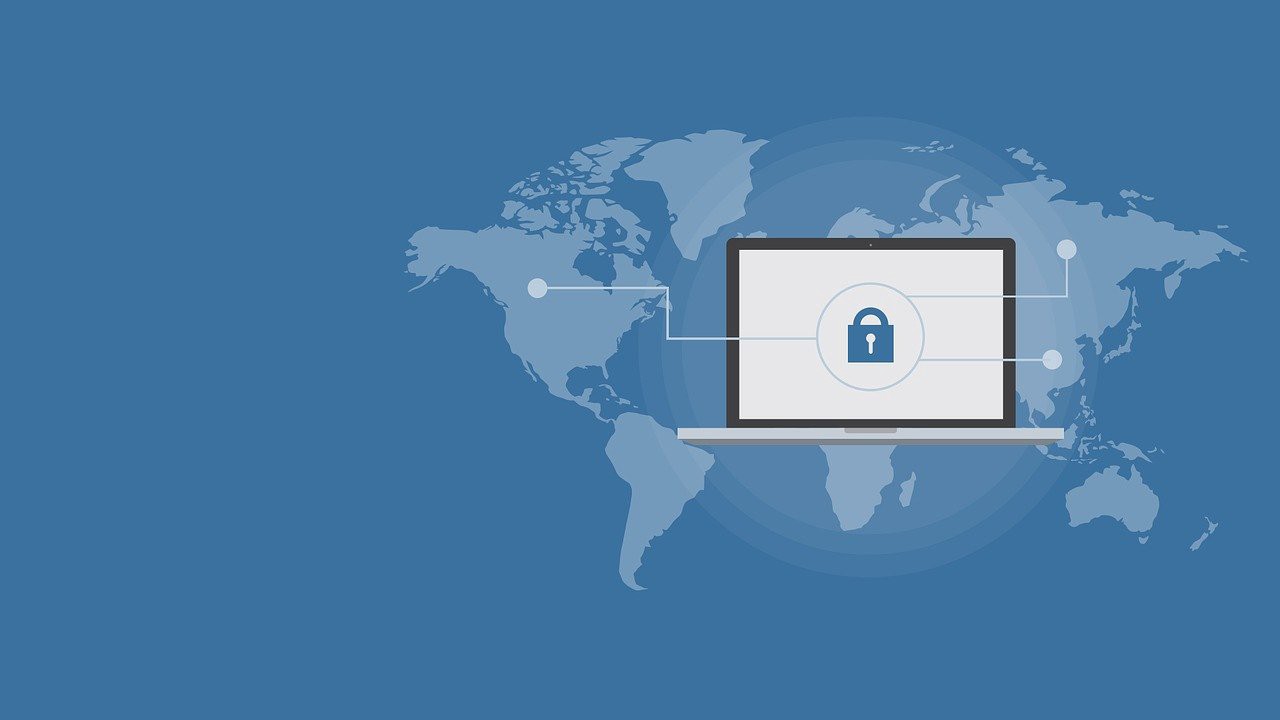Is the Gantt chart the tool you need to manage your projects? Despite being the method most used by project managers around the world since its creation, more than a century ago; It also has a large group of detractors who base their criticism on their rigidity and excessive simplicity. However, to decide whether to apply this methodology or not, it is best to know more about its pros and cons.
The advantages of the Gantt chart
This tool was created in 1910 by Henry Gantt, who was looking for a graphic technique that would help him capture the programming of a project.
The Gantt Chart emerged as a means to inform about the start and end dates of the different tasks of a project, since it is presented in a table in which the activities are combined in a time frame, occupying a different axis each one of these variables (usually days, weeks or months are collected horizontally, while businesses, tasks, and milestones are done vertically). When applying this technique, we typically proceed as follows:
- Definition of the phases of the project, its activities, and the different tasks that each of them includes.
- Short estimation of each of these elements
- Identification of dependencies between activities.
- Priority setting.
- Resource allocation.
- Distribution of responsibilities and workloads.

The collection of data necessary to complete the graph is a routine task in the initiation and planning stage, so it is not an extra effort to the Project Manager. On the other hand, the composition of the Gantt chart, with all the information correctly arranged, is carried out almost intuitively, with no specific training being necessary, neither for the preparation of the table nor for its interpretation. The benefits of its use have to do with:
- Ability to condense the most relevant data and the most critical information about a project.
- The simplicity of application, based on an axis structure, which eliminates the depth in the presentation of the contents and makes it more transparent what is essential and what is not.
- Functionality, which serves to guide the management of the Project Director but, at the same time, is also used as a communication tool with the rest of the participants in the project and interest groups.
Also, the Gantt Chart has many other applications, some of which exceed the scope of projects to enter the industrial production or software development world. Although, without needing to reach those other areas, this technique can be used to:
- Schedule the project calendar.
- Plan resource management.
- Keep track of homework.
- Monitor the evolution of the changes applied.














